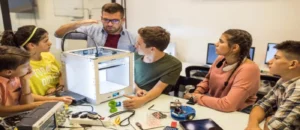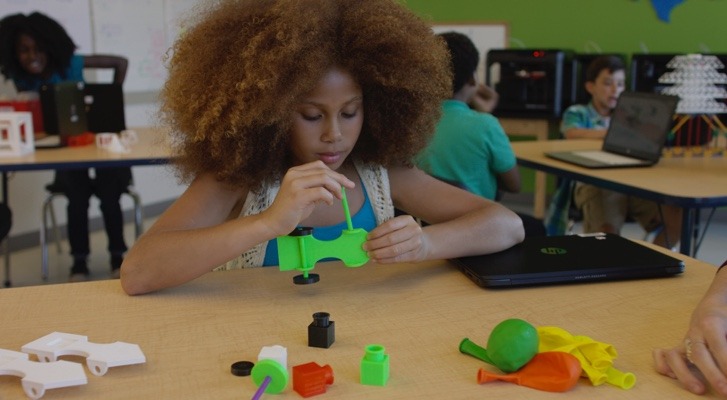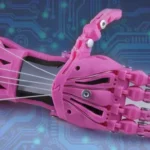Top Applications of 3D Printers in Education
3D printing is reshaping education by offering hands-on learning opportunities and fostering creativity. Its applications empower students and enhance teaching methodologies across various disciplines.
Encouraging Creativity and Innovation
3D printers spark creativity by allowing students to turn ideas into tangible objects. This process fosters problem-solving and innovation. From designing prototypes to crafting unique art pieces, students explore endless possibilities.

Enhancing STEM Education
In STEM fields, 3D printers are invaluable. They help students visualize abstract concepts and bring complex theories to life. For example, in physics, students create models to study forces and motion. In biology, 3D-printed organ replicas enhance understanding of human anatomy.
Simplifying Complex Concepts
3D printing makes challenging topics easier to grasp. For instance, geography classes use printed topographical maps to explain landforms. Chemistry students print molecular structures to better understand chemical bonds and reactions.
Hands-On Learning Opportunities
With 3D printers, students experience hands-on learning that strengthens retention. Instead of merely reading about historical artifacts, students print replicas to study them closely. This immersive approach bridges the gap between theory and practice.
Fostering Collaboration and Teamwork
3D printing projects often require teamwork, encouraging students to collaborate. By working together on designs and prototypes, students develop communication and leadership skills. This collaborative environment prepares them for future careers.
Preparing Students for Future Careers
Exposure to 3D printing prepares students for careers in technology, engineering, and design. They gain experience with cutting-edge tools, making them competitive in the job market. Industries increasingly value skills related to 3D modeling and printing.
Supporting Special Education
3D printing also benefits special education. Customized tools and devices are created to cater to unique learning needs. For example, visually impaired students use 3D-printed Braille tools to learn effectively.
Empowering Teachers with Resources
Teachers benefit from 3D printing by creating custom teaching aids. Instead of relying on expensive resources, they print models tailored to their lesson plans. This flexibility enhances classroom instruction.
Promoting Sustainability Awareness
3D printing encourages students to consider sustainability. By using recyclable materials, they learn the importance of reducing waste. This awareness fosters a generation more conscious of environmental issues.
Conclusion
3D printers revolutionize education by enhancing creativity, improving understanding, and preparing students for the future. As this technology becomes more accessible, its impact on education will continue to grow, making learning more engaging and effective.



